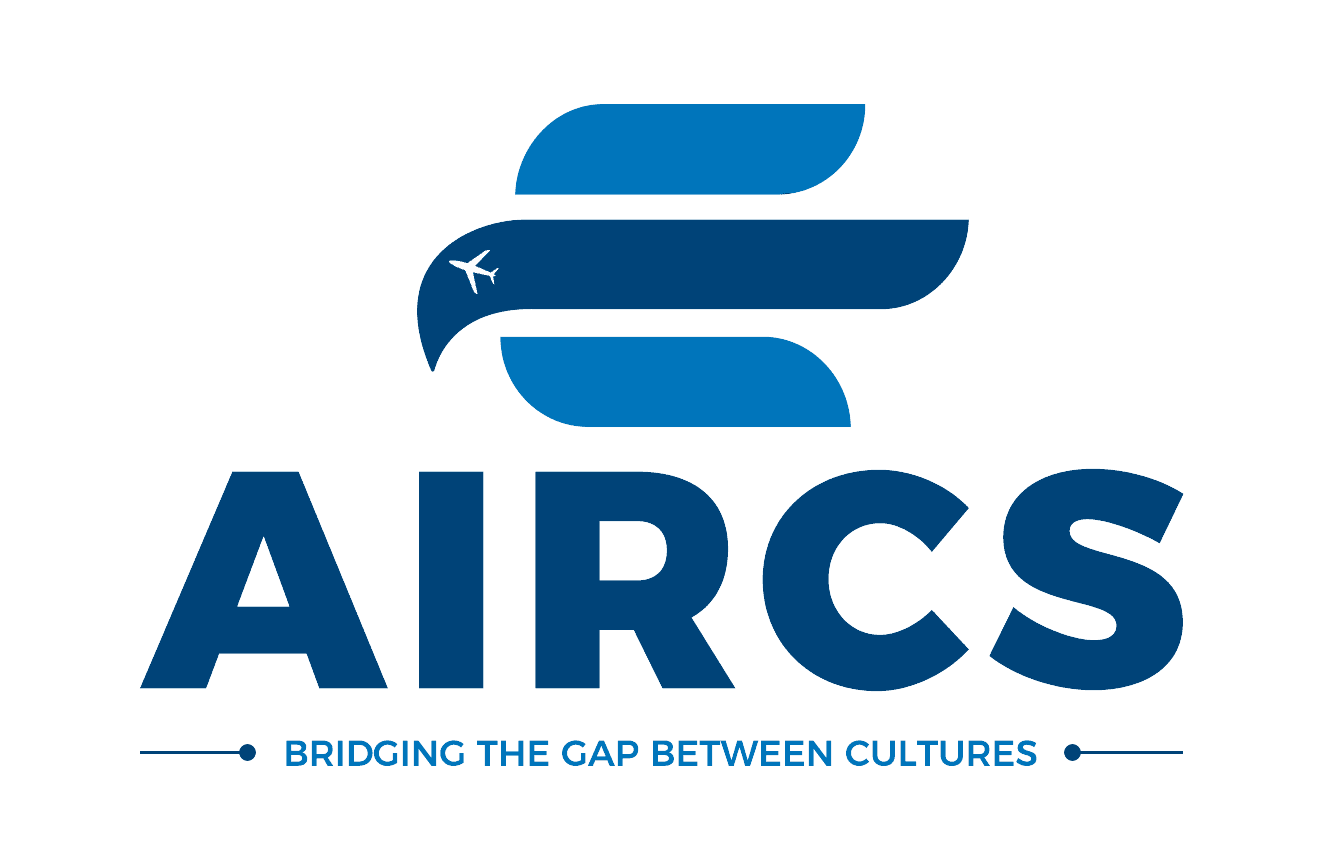Why Choose AIRCS for Your Immigration to Canada & Australia? – Best Immigration Consultant for Australia & Canada in Faisalabad, Pakistan
When planning to immigrate to Canada or Australia, choosing a reliable and experienced consultant can make all the difference. AIRCS Immigration Consultants, based in Faisalabad & Rawalpindi, Pakistan, stands out as a trusted partner for individuals and families seeking smooth and efficient immigration services. Here’s why AIRCS is the best choice for your journey to Canada or Australia.
- Expertise in Canadian and Australian Immigration Processes
Navigating immigration laws, policies, and requirements can be challenging. AIRCS Immigration Consultants specialize in the immigration frameworks of Canada and Australia, offering in-depth guidance for:
- Canadian Immigration Pathways:
- Express Entry (EE)
- Provincial Nominee Program (PNP)
- Study and Work Permits
- Family Sponsorship Programs
- Australian Immigration Pathways:
- General Skilled Migration (GSM) including Subclass 189 and 190
- Student Visas
- Partner and Family Visas
- Regional Work Visas
Their thorough understanding of immigration policies ensures your application meets the eligibility criteria and submission standards, minimizing the risk of rejections.
- Comprehensive Services
AIRCS offers a full suite of immigration services to address every aspect of your journey, including:
- Initial Consultation: Personalized assessment to determine the best pathway for you based on qualifications, work experience, and goals.
- Documentation Assistance: Help in compiling and verifying required documents to ensure compliance with immigration laws.
- IELTS/Language Test Preparation: Expert support to meet language proficiency requirements for Canadian and Australian immigration.
- Visa Application Submission: Seamless handling of your visa application process.
- Post-Visa Support: Guidance on settlement, job search strategies, and cultural orientation in your destination country.
- Proven Track Record
AIRCS has a history of successful visa approvals and satisfied clients. Testimonials and referrals highlight their dedication to delivering results, earning them a reputation as the most reliable immigration consultant in Faisalabad.
- Certified and Regulated Consultants
AIRCS works with Registered Immigration Consultants certified by Canadian and Australian regulatory authorities such as:
- Immigration Consultants of Canada Regulatory Council (ICCRC)
- Migration Agents Registration Authority (MARA) for Australia
This ensures their practices adhere to the highest ethical and professional standards, offering clients peace of mind.
- Tailored Approach to Client Needs
Every immigration journey is unique, and AIRCS takes the time to understand your personal circumstances. Whether you’re a student aiming to study abroad, a skilled professional seeking better job opportunity, or a family looking to settle permanently, their consultants customize their services to fit your goals.
- IELTS and Test Preparation
One of the most crucial aspects of Canadian and Australian immigration is meeting language proficiency requirements. AIRCS provides guidance for IELTS coaching and language test preparation, helping clients achieve the necessary scores efficiently.
- Transparent Processes
AIRCS is committed to maintaining transparency throughout the immigration process. Clients are kept informed at every stage, from eligibility assessment to visa application and final decision. There are no hidden fees, ensuring trust and reliability.
- Local Advantage in Faisalabad
Located conveniently in Faisalabad, AIRCS Immigration Consultants are accessible to local residents seeking high-quality immigration guidance without needing to travel to major cities. Their office provides a welcoming environment where clients can discuss their plans with knowledgeable consultants.
- High Success Rates
AIRCS takes pride in its above-average visa approval rates, thanks to their meticulous preparation of applications, attention to detail, and strong advocacy for clients. Their success stories include students, skilled professionals, and families who have started new lives in Canada and Australia.
- Affordable and Value-Driven
Immigrating to a new country is a significant investment, and AIRCS ensures that its services are cost-effective without compromising quality. They offer competitive pricing tailored to the Pakistani market, making immigration services accessible to a broader audience.
Final Thoughts
Choosing the right immigration consultant can make your dream of moving to Canada or Australia a reality. With their expertise, dedication, and client-focused approach, AIRCS Immigration Consultants is your ideal partner in Faisalabad. Their proven success in navigating complex immigration processes sets them apart as the best choice for Pakistani applicants.
For more information, visit their office or schedule a consultation today to take the first step toward your brighter future. Trust AIRCS – Where Your Journey Begins!


